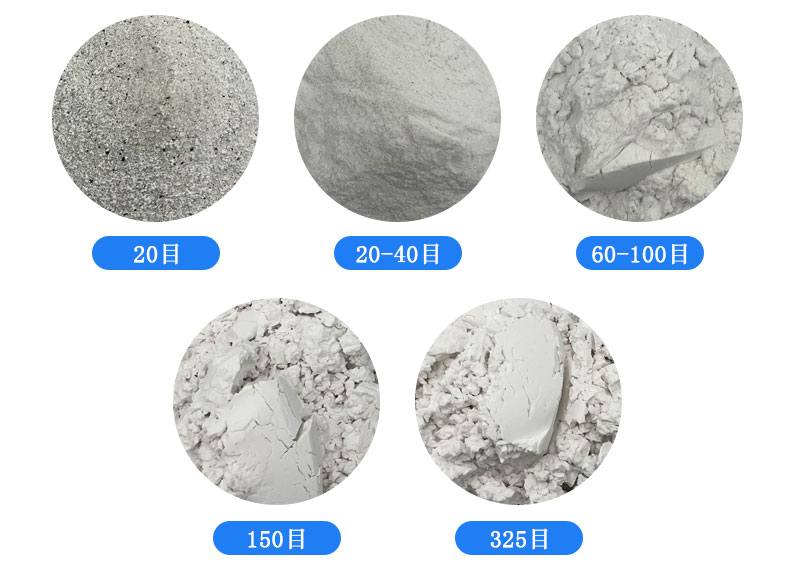Diatomite is a kind of siliceous rock, mainly distributed in China, the United States, Japan, Denmark, France, Romania and other countries. It is a biogenic siliceous sedimentary rock, mainly composed of the remains of ancient diatoms. Its chemical composition is mainly SiO2, which can be expressed as SiO2 · nH2O, and its mineral composition is opal and its varieties. The reserves of diatomite in China are 320 million tons, and the prospective reserves are more than 2 billion tons.
The density of diatomite is 1.9-2.3g/cm3, the bulk density is 0.34-0.65g/cm3, the specific surface area is 40-65 ㎡/g, and the pore volume is 0.45-0.98m ³/ g. The water absorption is 2-4 times of its own volume, and the melting point is 1650C-1750 ℃. The special porous structure can be observed under the electron microscope.
Diatomite is composed of amorphous SiO2 and contains a small amount of Fe2O3, CaO, MgO, Al2O3 and organic impurities. Diatomite is usually light yellow or light gray, soft, porous and light. It is often used in industry as thermal insulation material, filter material, filler, abrasive material, water glass raw material, decolorizing agent, diatomite filter aid, catalyst carrier, etc. The main component of natural diatomite is SiO2. The high-quality diatomite is white, and the content of SiO2 often exceeds 70%. Monomer diatoms are colorless and transparent. The color of diatomite depends on clay minerals and organic matter, etc. The composition of diatomite from different mineral sources is different.
Diatomite is a kind of fossil diatom accumulative soil deposit formed after the death of a single-celled plant called diatom after a accumulation period of about 10000 to 20000 years. Diatom is one of the earliest protozoa on the earth, living in seawater or lake water.
This diatomite is formed by the deposition of the remains of single-celled aquatic plant diatom. The unique performance of this diatom is that it can absorb free silicon in water to form its skeleton. When its life is over, it will deposit and form diatomite deposits under certain geological conditions. It has some unique properties, such as porosity, low concentration, large specific surface area, relative incompressibility and chemical stability. After changing the particle size distribution and surface properties of raw soil through grinding, sorting, calcination, air flow classification, impurity removal and other processing procedures, it can be applied to various industrial requirements such as paint additives.
Post time: Mar-09-2023


